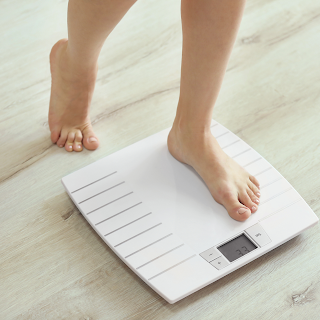Cycling for Weight Loss: It Works—If You Track Calories
Last updated: January 1, 2026
 |
| Cycling helps—if your calories do, too. |
Cycling for Weight Loss: It Works—If You Track Calories
I’ve ridden 5,000+ miles in some years and didn’t lose a pound. The missing piece wasn’t more miles; it was managing calories. Cycling is fantastic for heart health, mood, and longevity. For fat loss, though, the rule is blunt: you lose weight only when you consistently eat fewer calories than you burn.
How Cycling Fits Into a Calorie Deficit
- Calories out: A steady ride can burn a few hundred calories. Heavier riders and harder efforts burn more.
- Calories in: One big snack can erase the whole ride. Portion size and “healthy-but-heavy” foods are where most people slip.
- Consistency: Moderate rides most days + honest food logging beats one heroic weekend ride and loose eating.
A Simple, Realistic Weekly Plan
- Ride 5–6 days/week: 30–60 minutes easy–moderate. Add a few short hills or intervals if you enjoy them.
- Log every bite for 14 days: Don’t “diet.” Just record what you actually eat. You’ll spot the leaks fast.
- Target a small deficit: ~250–400 kcal/day is plenty. Push too hard and hunger will push back.
- Weigh in 2–3×/week: Same time of day, similar clothing. Watch the trend, not a single number.
-
RENPHO Smart Scale — daily weigh-ins without fuss; tracks trends over time. I used this scale to bust through a long-time weight plateau and drop an additional 17 pounds to get to my perfect riding weight.
Check current price on Amazon - Food logging app (free) — any reliable tracker works; the real magic is honest entries and portion sizes. I use MyFitnessPal.
As an Amazon Associate I earn from qualifying purchases.
What About Ride Length—30, 45, or 60 Minutes?
Do what you can sustain. 30 minutes daily is a great start. If your schedule allows, build towards 45–60 minutes a few days a week. Longer rides help, but they don’t outrun loose eating. Pair the time you have with tighter logging and you’ll see movement.
How I Keep It Honest (and Sustainable)
- Pre-ride snack discipline: If I snack, I log it. “I rode” isn’t a free pass.
- Protein at meals: Better satiety = fewer grazes. Eggs, yogurt, lean meats, beans work.
- Default dinner plate: Half veg, quarter protein, quarter carbs. Simple and hard to mess up.
- Weekend guardrails: I decide my treats before the weekend, not during it.
Safety, Recovery, and the Long Game
- Talk to your doctor: Especially if you’re managing health conditions or new to exercise.
- Sleep 7–9 hours: Poor sleep → poor appetite control.
- Hydrate and spin easy days: Not every ride should be a hammerfest. Easy miles keep you riding tomorrow.
FAQs
Will I lose weight if I ride but don’t track calories?
Maybe, but most people won’t. Riding makes it easier, but a steady calorie deficit is what moves the scale.
How big should my deficit be?
Small. ~250–400 kcal/day is enough for steady progress without rebound hunger.
I’m over 60. Anything different?
Prioritize recovery and protein, progress gradually, and clear it with your doctor. The formula—ride + track—doesn’t change.
Disclaimer: Always consult your physician before starting a new exercise or nutrition plan.


Comments
Post a Comment